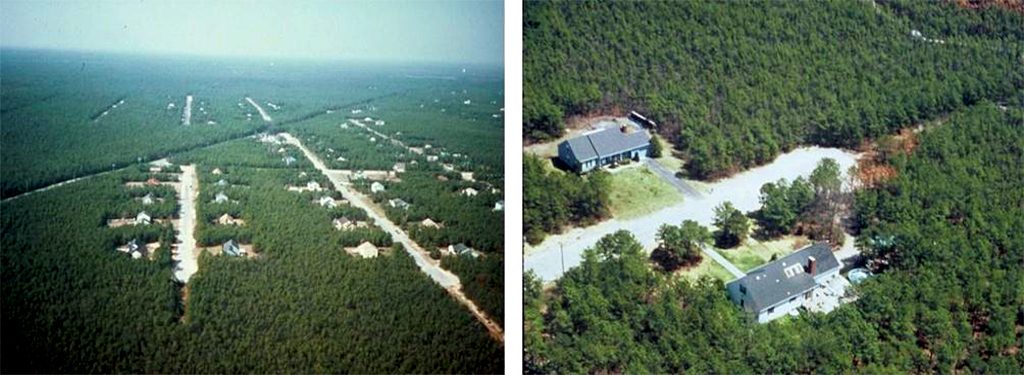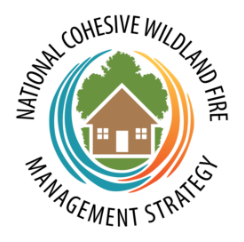Why Should My Community Plan for a Wildfire?
All community members have a responsibility to protect themselves and each other from the risk of wildfire. Taking a community approach to reducing risks from wildfires is most effectively accomplished through a collaborative approach that connects all those who play a role in wildfire education, planning and action with comprehensive resources to help reduce risk. It also teaches people how to adapt to living with wildfire and encourages neighbors to work together and take action now to prevent losses.
What is a Community Wildfire Protection Plan (CWPP)?
A CWPP or Community Wildfire Protection Plan is a tool for communities to address their wildfire risk. A local Community Wildfire Protection Plan (CWPP) is a collaborative plan created by the fire department, state and local forestry, land managers, community leaders, and the public. The planning process maps values at risk, and requires actions to reduce risk, such as prescribed burning, fuel reduction, or other measures that adapt a community to better confront their wildfire threat.
What are the Benefits to My Community?
Spending an adequate amount of time developing a CWPP can help clarify and refine priorities to protect life, property, infrastructure, and valued resources. This process can lead communities through critical discussions about private and public land management, as well as identify opportunities for fuels reduction within a designated wildland–urban interface boundary.

Resources for Communities
- Firewise USA™ Program Firewise is a key component of Fire Adapted Communities – a collaborative approach that connects all those who play a role in wildfire education, planning and action with comprehensive resources to help reduce risk. Firewise USA™ is a program of the National Fire Protection Association.
- Firewise USA™ Toolkit The Firewise USA™ Toolkit provides a number of proven tools and resources for homeowners and other community residents who work tirelessly to help prepare for and reduce the risk of wildfire damage and loss in their neighborhoods.
- Community Wildfire Readiness Toolkit The CWR Toolkit helps agencies and individuals promote the fire adapted concept within their communities. The International Association of Fire Chiefs (IAFC) is an active partner in the National Wildland Fire Cohesive Strategy.
- Community Wildfire Readiness (CWR) Community Wildfire Readiness recognizes that all community members play an important part in preparing your community for the threat of wildfire. CWR resources help community members create a fire-ready community through education, mitigation and the establishment of a community coalition.
- CWPP Leader’s Guide This is a guide from the International Association of Fire Chiefs (IAFC) is designed to help develop and implement a Community Wildfire Preparedness Plan in communities and across the country. It has a local community level approach to include code, development review, ordinances and local authority, and is used by leaders in the Fire Service, including SMEs and local, state, and federal officials. With the guidance of this guide, leaders in the Fire Service will be able take the steps to create a CWPP that addresses community risk of wildfire with respect to other resource values.
- FEMA Local Mitigation Planning Handbook The Local Mitigation Planning Handbook (Handbook) is the official guide for local governments to develop, update and implement local mitigation plans. It also offers practical approaches, tools, worksheets and local mitigation planning examples for how communities can engage in effective planning to reduce long-term risk from natural hazards and disasters.
- Prepare and Implement a CWPP A guide book to preparing a CWPP produced by the National Association of State Foresters (NASF).
- Preparing a Community Wildfire Protection Plan Guide produced by the US Forest Service, Northeastern Area State & Private Forestry.
- Fire Adapted Communities (FAC) Self-Assessment Tool The Fire Adapted Communities Self-Assessment Tool (FAC SAT) was created to help communities assess their level of fire adaptation and track their capacity to live safely with fire over time.
- Community Planning Assistance for Wildfire (CPAW) Working with communities to reduce wildfire risks through improved land use planning.
- Fire Adapted Communities Learning Hubs Field Guide Launched in 2013, the Fire Adapted Communities Learning Network is stewarded by the Watershed Research and Training Center and The Nature Conservancy. Together with the USDA Forest Service and the Department of the Interior, they share a vision to accelerate the adoption of fire adapted community (FAC) concepts across the nation using a tested learning network approach. This guide includes two NE community examples.
- Wildfire Home Assessment Program National Volunteer Fire Council – Wildland Fire Assessment Program
- Wildfire Community Preparedness Day National Wildfire Community Preparedness Day is a reminder that there are many things we can do to be prepared for wildfire. The event serves as means to inspire and encourage people of all ages to plan and participate in a risk reduction or wildfire preparedness activity that makes their community a safer place to live.
- Get Ready for a Wildfire Dept. of Homeland Security website that explains what actions to take if you receive a fire weather watch alert from the National Weather Service for your local area and what to do before, during, and after a wildfire.
- BUILDING WILDFIRE RESILIENCE: A LAND USE TOOLBOX FOR COUNTY LEADERS – Produced by the National Association of Counties (NACo), this comprehensive toolbox provides a variety of tools and strategies to help mitigate wildfire impacts on lives, property and communities. Many of these approaches are designed to be implemented at the local level.

